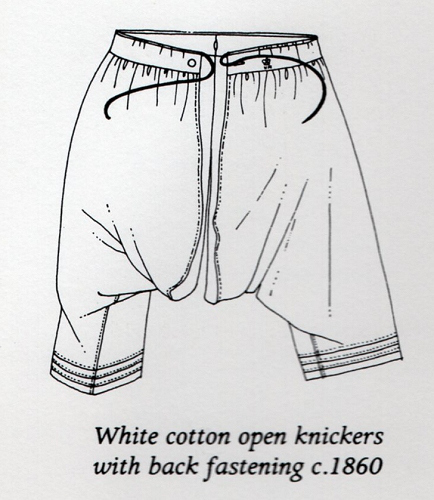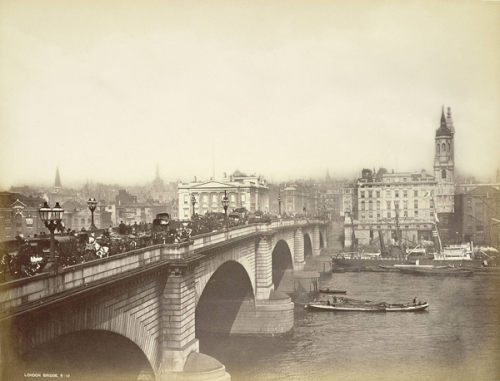If the weather and the government are getting up your pip then you should cheer yourself up with a bit of historical writing. It is pure escapism as you forget the world you live in and adventure into another time. However, beware of making historical bloomers – a typical one is having women wearing knickers too early on.
Strange though it may seem, up until the late 19th century women did not wear knickers. Yes, knickers are yet another invention of the Victorian era. Of course, they were not called knickers back then but drawers. For a Victorian woman, the drawers would have consisted of two separate knee length legs drawn together with a waistband. This means that her nether regions were left uncovered which is rather bizarre as we tend to think of knickers as a garment which cover those parts which we do not mention.
Initially, the drawers were regarded with hostility. They were viewed as nothing more than an imitation of men’s underclothing. This in itself was offensive to female respectability and virtue. To truly understand this we have to imagine that opinions often came from what the Bible suggested and wearing clothes of the opposite sex was frowned upon.
We also need to understand that the drawers were simply seen as an extra layer and that was associated with prostitution. A prostitute would wear an extra garment so that she could add to her client’s titillation as she had more layers to remove.
On top of that, women in European countries had started wearing drawers. The fact that French women wore them added more resistance against wearing them as the Victorian women thought the French woman was rather fast. If there was one thing a respectable Victorian lady did not want to be viewed as was racy.
Happy writing.






